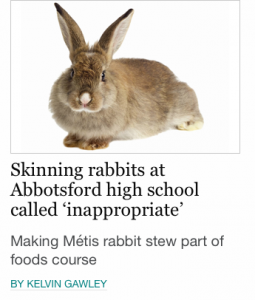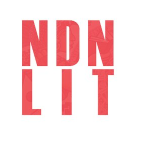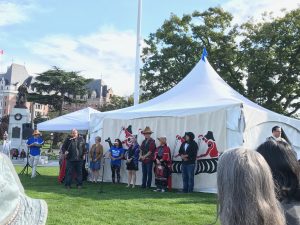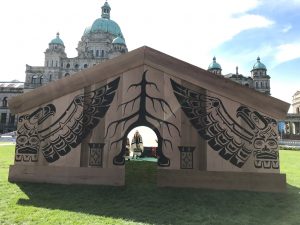Mi’gmaq Language Resources
This first resource is a collection of language resources for the Mi’gmaq language. What is interesting about this web resource is it is one that utilizes a variety of different tools for teaching the language. This is one of the more comprehensive resources that I have discovered so far. The Learning Mi’gmaq online portion of the resource is extremely detailed and set up in such a way that it can be used both by individuals and as a classroom support tool. The learning portion of the site also provides descriptions of how to say words and situations that they would be used in. Each section has an audio portion so that people can pick up on the intricacies of the words and phrases being learned. In addition to this main resource, the web page also has a quizlet section, a wiki page, a blog, a dictionary and links to both the Facebook and Twitter pages for the group.
Tusaalanga – Learn the Inuit Language
http://www.tusaalanga.ca/splash
This is a second teaching a language based resource that can be used as a comparison to the first. This resource is again quite comprehensive as a tool and collection of words and phrases from the Inuit language. This website is also set up to allow individuals to progress through at their own pace and to benefit from hearing how words and phrases are said. The lesson structure for this site is not quite as user friendly as the first tool, but it is set up in a sensible order. Much like the first resource, the feel of this tool is that it was designed after traditional second or additional language courses. It chooses to focus on words and phrases that people may think are important to know when attempting to learn a language. These first two resources also create an opportunity to ensure that their particular language is preserved and that learning it is made accessible to people who may live outside of the respective community.
First Peoples Principles of Learning
https://firstpeoplesprinciplesoflearning.wordpress.com/
The third resource that I wanted to include this week can be used for many different purposes. I chose to explore it from the standpoint of evaluating the first two resources and seeing how well they fit in with the First People’s principles of learning philosophy. As many web based language tools are likely being used by individuals and not in a face-to-face or group setting, it is important to evaluate if those tools are causing users to miss out on the important cultural aspect of language. Within this blog, the piece that I found related the most to my topic is the section that focuses on connectedness and sense of place. This section talks about how learning is a social process that benefits from the support of family and community. It can be helpful to critically evaluate the various online language learning tools that are available. In addition, educators may find this resource to be quite useful as a tool for better understanding the First People’s principles of learning.
Globe and Mail – Indigenous Language vital to telling Canada’s story
The last two artifacts that I have included in this post focus on the impact of language loss on communities and cultures. This first, is written by former Governor-General Adrienne Clarkson, and provides an interesting perspective on the importance of preserving Indigenous languages. The main argument in the article is that Canada has shown to be a country that accepts a variety of languages and though we are officially a bilingual country, it is understood that many people speak a different language at home. The article goes on to highlight the drastic decline in fluent speakers of Indigenous languages, in particular in British Columbia where for many Indigenous languages, only about one in twenty Indigenous people are fluent in their native language. Clarkson makes a strong argument that Indigenous languages are unique from other languages because of their importance to culture, heritage and individual identity. She states that “losing one’s language is like losing all freedom of expression.” As this article is written by someone previously in a government position, it allows some insight into how people outside of Indigenous communities can view language loss.
The Youth Journal – Language Loss
https://theyouthjournal.com/2017/07/27/language-loss-a-cultural-social-and-environmental-tragedy/
I found this article to be quite interesting as it provides a youth’s perspective on language loss and its impact on culture and communities. The writer of this post is not Indigenous, but she provides some interesting insight into the issues that various communities can face. From her writing, the passion she has for this topic is quite clear and it definitely highlights the impact that language loss can have on people, communities and cultures. The article focuses mostly on Canada and highlights the challenge faced by Indigenous communities as many of the fluent speakers of their respective languages are adults and elders. In addition, the article focuses on the impact that language assimilation can have on language loss. This is quite relevant to our current and past education systems.





